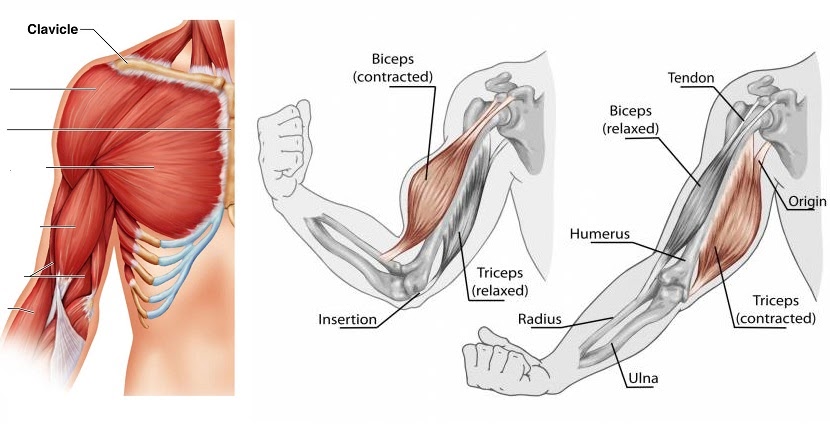Muscle memory is a remarkable phenomenon that enables individuals to maintain physical strength and perform motor skills effortlessly. In this comprehensive exploration of this natural phenomenon, we delve into its inner workings and shed light on the advantages it offers athletes in terms of performance and recovery.
What exactly is muscle memory ?
Muscle memory refers to the neurological process that allows individuals to retain and execute specific motor skills without conscious effort. This retention of skills through muscle memory can potentially last a lifetime, barring any neurological or physical impairments.
The Mechanisms of Muscle Memory
Muscle memory is primarily associated with learning new skills and motor learning, such as acquiring proficiency in playing a musical instrument or mastering physical activities.
The repetition of an action triggers the activation of specific neurons in key brain areas, particularly the cerebellum and basal ganglia. This repetitive activation establishes new neural pathways that connect the central nervous system to the targeted muscles involved in the movement.
Once these pathways are established, individuals can effortlessly perform the task without the need for conscious deliberation. Muscle memory and motor skill learning play vital roles in the mastery of complex abilities, including musical performance and everyday tasks like typing or cycling.
By relying on muscle memory, individuals can avoid the need to relearn these skills from scratch. Even after an extended hiatus, when returning to a previously acquired skill, the body retains the ability to execute it smoothly and with relative ease.
The Advantages of Muscle Memory for Athletes
Muscle memory provides significant benefits to athletes, enhancing their performance in various ways. By capitalizing on muscle memory, athletes can execute motor functions with enhanced speed and precision, without the need for conscious thought.
For example, boxers and martial artists can swiftly evade opponents, relying on muscle memory to react instantaneously. Dancers and gymnasts can perform intricate movements and maintain balance through the power of muscle memory. Furthermore, muscle memory enables athletes to take breaks from training and competition.
During these periods of rest, the muscles and neural pathways may experience some weakening due to reduced activity. However, when athletes resume training, they can quickly return to their previous athletic state and gradually regain muscle size, without needing to start from scratch.
Memory’s Role in Muscle Growth
Engaging in strength training and weightlifting exercises causes micro damage to muscle fibers. Subsequently, the body initiates a process called hypertrophy, where the damaged fibers are repaired and become stronger.
During periods of de-training or extended breaks from exercise, muscle atrophy occurs, leading to a loss of strength in the muscles. However, the myonuclei (muscle fiber nuclei) within the muscle tissue remain intact.
When individuals resume their training, these myonuclei facilitate protein synthesis, enabling the muscles to re-grow and regain their strength. Retraining muscles that have previously undergone hypertrophy can lead to faster muscle growth compared to training untrained muscles from the beginning.

